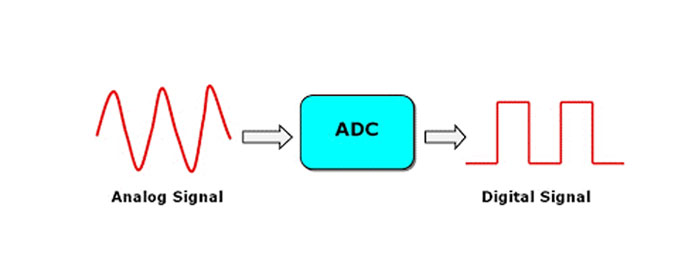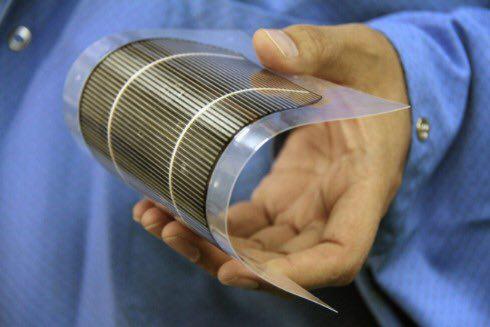Article
Comparison of Lead-Acid and Li-Ion Batteries Lifetime Prediction Models in Stand-Alone Photovoltaic Syste
Abstract: Several models for estimating the lifetimes of lead-acid and Li-ion (LiFePO4) batteries are analyzed and applied to a photovoltaic (PV)-battery standalone system. This kind of system usually includes a battery bank sized for 2.5 autonomy days or more. The results obtained by each model in different locations with very different average temperatures are compared. Two different locations have been considered: the Pyrenees mountains in Spain and Tindouf in Argelia. Classical battery aging models (equivalent full cycles model and rainflow cycle count model) generally used by researchers and software tools are not adequate as they overestimate the battery life in all cases. For OPzS lead-acid batteries, an advanced weighted Ah-throughput model is necessary to correctly estimate its lifetime, obtaining a battery life of roughly 12 years for the Pyrenees and around 5 years for the case Tindouf. For Li-ion batteries, both the cycle and calendar aging must be considered, obtaining more than 20 years of battery life estimation for the Pyrenees and 13 years for Tindouf. In the cases studied, the lifetime of LiFePO4 batteries is around two times the OPzS lifetime. As nowadays the cost of LiFePO4 batteries is around two times the OPzS ones, Li-ion batteries can be competitive with OPzS batteries in PV-battery standalone systems.









